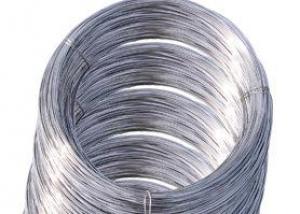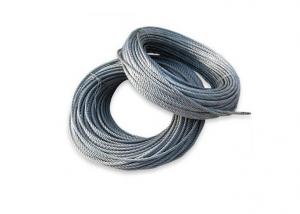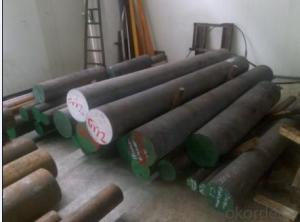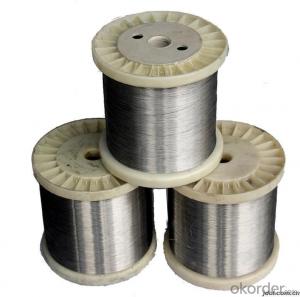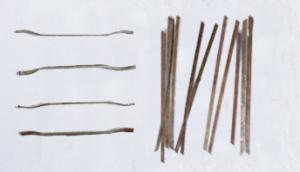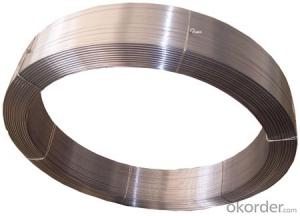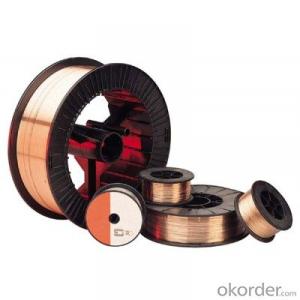1/4 Stainless Steel Rod
1/4 Stainless Steel Rod Related Searches
Best Paint For Stainless Steel Blanket Insulation For Steel Buildings Primer For Galvanized Steel Foam Filter For Stainless Steel H S Code For Stainless Steel Surface Grinding Wheels For Stainless Steel Surface Grinding Wheels For Hardened Steel Hole Saw For Stainless Steel Paint For Stainless Steel Stainless Steel For BbqHot Searches
Steel Mesh Panels For Sale Price For Stainless Steel Scrap Scrap Price For Stainless Steel Price For Stainless Steel Stainless Steel Tank For Sale Stainless Steel Sheets For Sale Cheap High Tea Sets For Sale Stainless Steel Tanks For Sale Stainless Steel For Sale High Density Fiberboard For Sale Solar Hot Water Collectors For Sale Scaffolding For Sale In Uae Scaffolding For Sale In Ireland Scaffolding For Sale In Houston Type Of Inverter For Solar Price Of Shipping Containers For Sale Types Of Inverter For Solar Stock Price For Aluminum Used Solar Inverter For Sale Steel Mesh Panels For Sale1/4 Stainless Steel Rod Supplier & Manufacturer from China
Okorder.com is a professional 1/4 Stainless Steel Rod supplier & manufacturer, offers integrated one-stop services including real-time quoting and online cargo tracking. We are funded by CNBM Group, a Fortune 500 enterprise and the largest 1/4 Stainless Steel Rod firm in China.Hot Products
FAQ
- Indeed, jewelry findings can be made using stainless steel wire. Given its durability, resistance to corrosion, and lack of tarnishing, stainless steel wire is a well-liked choice for crafting jewelry. It is frequently employed to fashion clasps, jump rings, earring hooks, and other findings. Furthermore, stainless steel wire is available in different gauges, allowing for various thicknesses depending on the desired strength and style of the jewelry. Moreover, stainless steel wire is hypoallergenic, rendering it suitable for individuals with sensitive skin or metal allergies. All in all, stainless steel wire is a versatile and dependable option for creating jewelry findings.
- There are several types of stainless steel wire commonly used in wire baskets, including 304, 316, and 430 grades. Each grade offers different levels of corrosion resistance, strength, and durability, making them suitable for various applications. 304 stainless steel is the most commonly used grade for wire baskets due to its excellent corrosion resistance and versatility. 316 stainless steel is preferred for applications requiring superior corrosion resistance, such as in marine or coastal environments. On the other hand, 430 stainless steel is a lower-cost option with good corrosion resistance in indoor or mildly corrosive environments.
- Yes, stainless steel wire can be used for kitchen utensils. Stainless steel is a popular choice for kitchen utensils due to its durability, corrosion resistance, and hygienic properties. The wire can be used to create various utensils such as whisks, spatulas, and strainers, ensuring they withstand frequent use and maintain their quality over time.
- The conductivity of stainless steel wire is relatively low compared to other metals, such as copper or aluminum.
- Different tensile strengths are available for stainless steel wire, which determine its ability to withstand stretching or pulling forces without breaking. The range of tensile strengths that stainless steel wire can have depends on its specific grade and alloy composition. Grades commonly used, like 304 and 316 stainless steel wire, usually have tensile strengths ranging from 75,000 to 150,000 psi. These grades are often used in applications where general-purpose corrosion resistance is required, such as in food processing, architectural, and marine environments. For more demanding applications, specialized grades such as 17-7 PH or 302 stainless steel wire can provide higher tensile strengths. These grades can have tensile strengths ranging from 200,000 to 300,000 psi, making them suitable for industries like aerospace and automotive that require higher strength and durability. It is important to consider that various factors, including the manufacturing process, heat treatment, and specific alloy composition, can influence the tensile strength of stainless steel wire. Therefore, consulting the manufacturers or suppliers is crucial to obtain accurate and up-to-date information on the available tensile strengths for specific stainless steel wire products.
- A variety of stainless steel wire hangers can be found to cater to specific purposes and applications. 1. The most commonly used type is the standard wire hanger, which is ideal for hanging clothes in closets. It features a simple design with a single wire loop for hanging the garment and a hook for placement on a rod. 2. For heavier garments like coats, suits, or jackets, heavy-duty wire hangers are recommended. They are made from thicker stainless steel wire, providing extra strength and durability. 3. Non-slip wire hangers are designed with a special coating or rubberized material on the surface to prevent garments from slipping off. They are particularly useful for hanging delicate or silky fabrics that tend to slide off regular hangers. 4. Space-saving wire hangers are designed to optimize closet space by allowing garments to be hung in a compact manner. They often have a slim or ultra-thin profile, enabling more items to be hung in limited space. 5. Pant/skirt hangers come with clips or clamps attached to the bottom bar specifically designed to securely hold pants, skirts, or other bottom wear. The clips or clamps prevent the garments from slipping or creasing. 6. Wire hangers with hooks offer additional hooks or loops attached to the sides or bottom, providing a convenient and organized solution for hanging accessories like belts, scarves, or ties. 7. There are also specialty wire hangers available for specific purposes. For instance, hangers with notches or grooves are designed to hold straps in place or prevent clothes from slipping off. Some wire hangers even have built-in hooks or attachments for organizing multiple garments together, such as coordinating outfits or sets. In summary, the various types of stainless steel wire hangers offer a wide range of options to meet different hanging needs, from standard clothing storage to heavy-duty requirements or specialized organizing solutions.
- How to use the soldering welding of stainless steel wire
- Welding of plasma welding machine (similar to tungsten argon arc welding, welding wire filling welding seam).Oxygen acetylene (or oxygen propane) gas welding. CJ101 welding flux welding welding protection, because the heating area is large, the surface of stainless steel for serious loss, it is generally not used or seldom used.
- There are various types of stainless steel wire available, each with different levels of malleability. The malleability of stainless steel wire is determined by its composition and processing method. 1. Austenitic Stainless Steel Wire: This type of stainless steel wire is highly malleable and can be easily formed, bent, and shaped without breaking. It is non-magnetic, corrosion-resistant, and commonly used in applications requiring good formability, such as wire mesh, springs, and kitchen utensils. 2. Martensitic Stainless Steel Wire: Martensitic stainless steel wire offers moderate malleability. It can be hardened through heat treatment, which makes it suitable for applications requiring high strength and hardness. It is commonly used in cutlery, medical instruments, and springs. 3. Ferritic Stainless Steel Wire: Ferritic stainless steel wire has poor malleability compared to austenitic and martensitic types. It is magnetic and exhibits good corrosion resistance. Due to its limited formability, it is often used in applications that require higher resistance to corrosion, such as automotive exhaust systems and decorative trims. 4. Duplex Stainless Steel Wire: Duplex stainless steel wire combines the qualities of both austenitic and ferritic stainless steel. It offers good malleability, excellent corrosion resistance, and high strength. It is commonly used in marine environments, chemical processing equipment, and oil and gas industries. It is important to consider the specific requirements of your application, such as formability, strength, and corrosion resistance, when selecting the type of stainless steel wire. Consulting with a supplier or an expert in the field can help ensure you choose the right type of stainless steel wire for your specific needs.
























